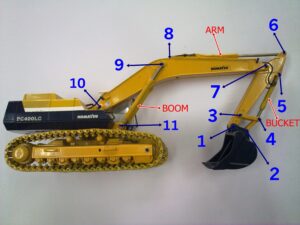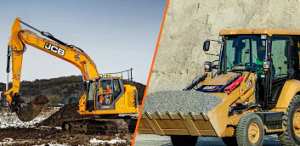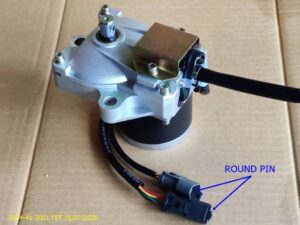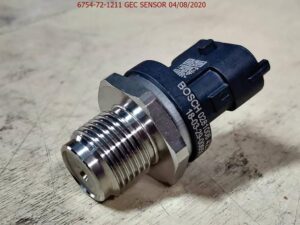OIL PUMP
The engine oil pump is a critical component of an internal combustion engine’s lubrication system. Its primary function is to circulate oil throughout the engine to lubricate moving parts, reduce friction, dissipate heat, and remove contaminants. Here’s how an engine oil pump works and its functions:
Location and Design: The oil pump is typically located at the bottom of the engine, often mounted on the engine’s crankshaft or driven by a gear or chain connected to the crankshaft. It may be either a gear pump or a rotor/vane pump, depending on the engine’s design.
Suction: The pump draws oil from the engine’s oil pan or reservoir through a suction pipe or pickup tube. As the engine operates, oil collects in the oil pan, and the pump’s suction action pulls the oil into the pump’s inlet.
Pressure Creation: Once the oil enters the pump, it is pressurized to create the necessary oil pressure for lubrication. In a gear pump, meshing gears create chambers of increasing and decreasing volume, causing oil to be pushed out under pressure. In a rotor/vane pump, rotating vanes or rotors trap and move oil between the pump’s inlet and outlet, pressurizing it in the process.
Distribution: Pressurized oil is then distributed through the engine’s oil galleries or passages to lubricate various components, including the engine bearings, camshaft, piston rings, and valvetrain. The oil forms a thin film between moving parts, reducing friction and wear while also acting as a coolant by absorbing and carrying away heat generated during engine operation.
Filtration: Before oil reaches critical engine components, it passes through an oil filter to remove contaminants such as dirt, metal particles, and carbon deposits. The oil filter helps maintain oil cleanliness and prolong engine life by preventing abrasive particles from causing damage.
Return: After lubricating engine components, oil returns to the oil pan or reservoir to be recirculated. Some engines may have additional features, such as oil coolers, which help regulate oil temperature by dissipating excess heat before the oil returns to the pump for recirculation.
Overall, the engine oil pump plays a crucial role in ensuring proper lubrication and protection of engine components. By continuously circulating oil throughout the engine and maintaining adequate oil pressure, the oil pump helps optimize engine performance, reliability, and longevity




